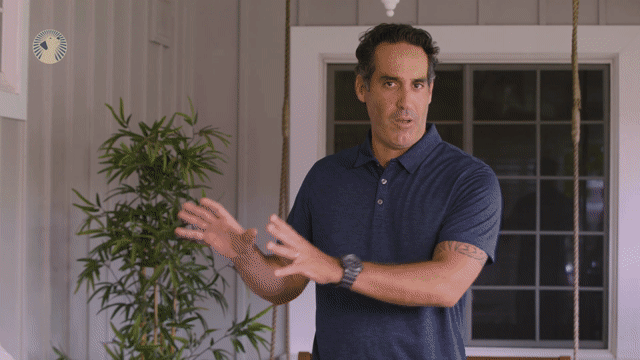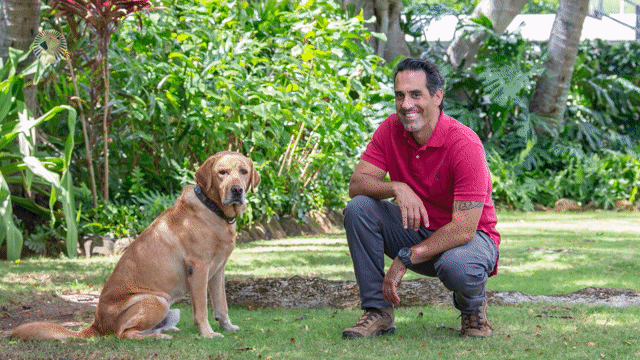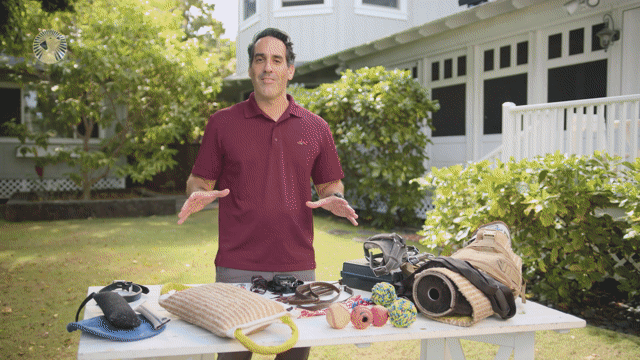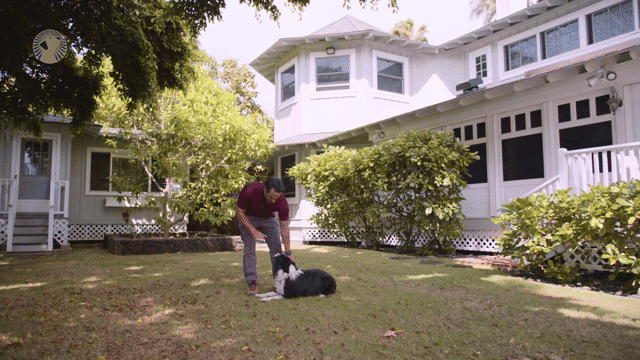
Dog Care Basics: Bathing & Grooming
If you don't bathe and groom your dog properly, your pup may end up with skin problems. Bathe your dog too often, you may strip their natural oils and dry out their skin. So what's the right frequency for bathing your dog? What do you do for dogs with sensitive skin? How often should you trim their nails? All of these questions and more are answered below!
Different Breeds Have Different Requirements
Depending on your dog's breed, they will have different bathing and grooming needs. For example, short-haired dogs may only need to be bathed every few months, but long-haired dogs may need to be bathed weekly or even more often. Dogs with sensitive skin may only need to be bathed once a month.
Bathing Routine
There are many ways to bathe your dog, but the following is a general guide on how to do it:
- Fill up a bathtub, sink, or basin with enough warm water to submerge your dog.
- Add a small amount of gentle dog shampoo to the water and mix it around until it dissolves.
- Gently place your dog into the water and use a sponge or cloth to bathe them, being careful to avoid getting soap in their eyes.
- Rinse your dog off with warm water when you're finished bathing them.
- Dry your dog off with a towel and brush their hair (if applicable).
Grooming Routine
After their lovely bath, you will move on to the grooming routine. There are many different ways to groom your dog, and the routine you develop will depend on the dog's breed and can vary depending on the type of fur, skin sensitivities, known genetic skin disorders, etc. However, the following is a general guide on how to do it:
- Start by brushing your dog's hair to remove any loose dirt or debris.
- Trim your dog's nails if they are too long.
- Check your dog's ears for infection, wax build-up, or dirt. Clean them if necessary.
- Brush your dog's teeth to remove plaque and tartar buildup.
- Cut your dog's hair (if applicable).
- Apply a topical flea and tick treatment (if needed).
- Store your dog's grooming supplies in a safe place.
Tips for Bathing & Grooming Dogs
- Don't bathe your dog too often - this can strip their natural oils and dry out their skin.
- Use a gentle dog shampoo that is pH balanced for dogs. Do not use human products.
- Trim your dog's nails routinely. Ideal dog nail length can vary by breed, but the general rule is they should not extend beyond the dog's paw pads.
- Use a slicker brush to remove mats and tangles from your dog's coat.
- Check your dog's ears regularly for wax build-up, redness, or infection. Gently clean them with a cotton ball and warm water if needed.
- Brush your dog's teeth at least 2-3 times a week using a dog-specific toothpaste and toothbrush.
- Inspect your dog's body for ticks and fleas and remove them using a tick/flea comb as needed.
- Consider using a canine deodorant to keep your pup smelling fresh.
Suggested Grooming Accessories
To keep your dog in tip-top shape, you may want to invest in some quality grooming supplies. The following are some products that we recommend:
- Slicker brush - This brush is perfect for removing mats and tangles from your dog's coat.
- Nail clippers - Trim your dog's nails regularly to avoid them becoming too long. You can also use an electric nail grinder to do the job.
- Ear cleaner - Use this cleanser to gently remove wax build-up, infection, or dirt from your dog's ears.
- Dog toothbrush & toothpaste - A special toothbrush designed for dogs is essential for keeping their teeth clean and healthy.
- Canine deodorant - This will help keep your pup smelling fresh after they've been bathed.
- Topical flea and tick treatment - If your dog is prone to getting ticks or fleas, it's a good idea to have a topical treatment on hand.
- Towel - A soft towel is perfect for drying off your dog after they've been bathed.
- Grooming tables - These can be helpful for keeping your dog in one place while you groom them.
- Dog shampoo - There are many different types of dog shampoo on the market. Be sure to choose one that is pH balanced and gentle enough for your pup's skin.
- Cotton balls - You'll need these for cleaning your dog's ears.
- Flea and tick comb - Use this to remove ticks and fleas from your dog's coat.
- Conditioner - A conditioner can help make your dog's hair shiny and healthy.
- De-shedding tool - If your dog sheds a lot, you may want to invest in a de-shedding tool to help remove the loose hair.
- Hair Clippers - If you plan on cutting your dog's hair, it's a good idea to have some hair clippers on hand.
- Eye-wipes - These will come in handy if your dog gets soap in their eyes while bathing.
- Storage container - Keep all of your grooming supplies organized in one place by using a storage container.
Now that you know how to groom your dog, it's time to put what you've learned into practice! Be sure to take your time and go slow. You don't want to cause your dog any unnecessary pain or discomfort.
Common Grooming Mistakes
There are a few common mistakes you will want to be aware of and avoid when grooming your dog:
- Not trimming your dog's nails regularly.
- Cutting your dog's hair or nails too short.
- Using human shampoo on a dog.
- Trying to remove mats and tangles without a slicker brush.
- Not checking a dog's ears for wax build-up, redness, or infection.
- Not brushing a dog's teeth regularly.
- Not removing ticks or fleas from a dog's body.
- Grooming a dog when they are in pain or uncomfortable.
- Not being patient while grooming a dog.
If you're not sure how to do something, be sure to ask a professional groomer for help. It's always better to be safe than sorry!
Signs of Trouble
Though most dogs tolerate grooming without any problems, there are a few things to watch out for. If your dog exhibits any of the following signs, it's best to stop what you're doing and consult with a veterinarian:
- Whining or whimpering
- Panting excessively
- Showing signs of stress or anxiety (e.g. trying to escape, shaking, panting, salivating)
- Scratching or biting excessively
- Having skin that is red, inflamed, or irritated
Conclusion
Now that you know how to groom your dog, it's time to put what you've learned into practice! Be sure to take your time and go slow. You don't want to cause your dog any unnecessary pain or discomfort. With a little bit of patience and practice, you'll be able to groom your dog like a pro!
Is your dog giving you trouble with your grooming routine? The Beacon Dog Academy is the perfect place to start training your furry friend to behave during grooming sessions. We’ll help you learn how to properly communicate with your dog, and in no time at all, you’ll see amazing results.
Our step-by-step guides and videos make it easy for anyone to train their dog. You don’t need any prior experience – we’ll teach you everything you need to know. And our methods are based on positive reinforcement, so your dog will love learning from you. Start training your dog today with The Beacon Dog Academy!
Useful Ressources

Introducing a New Dog to Your Life
Introducing a new dog into your household can be stressful. Learn how to set the right framework for success before, during, and after introducing your pup!

Introduction to The Beacon Dog Training Course
Looking for a practical, easy-to-understand online dog training course that will translate into positive results? Try Daniel's step-by-step approach.

Key Training Tools and Gear
As a dog trainer, you need the right tools to make training your dog easier. Learn how to choose the best dog training tools and gear for training sessions.

Practicing a Solid Stay
What is a reliable stay? Learn how to teach a dog the reliable stay command. Find out why time and distance are stressors, and how it is a life-saving skill.

The Ultimate Guide to Caring for Your Dog
We want every dog owner out there to have a well-behaved, healthy pup. Let's go over all of the basics of dog care so that you can be fully prepared for your new addition.